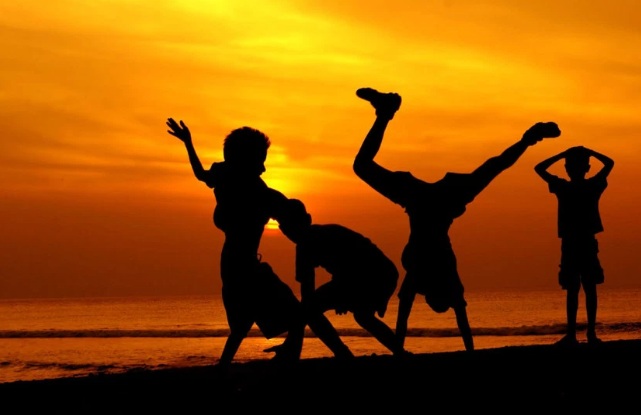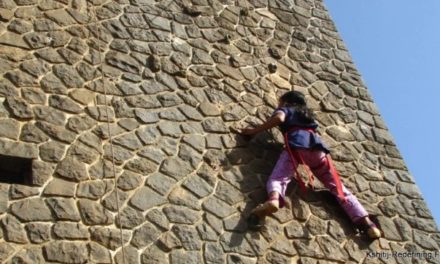Children acquire knowledge by acting and then reflecting on their experiences, but such opportunities are increasingly rare in school.
One of my children is spinning in a circle, creating a narrative about a princess as she twirls. The other is building a rocket ship out of a discarded box, attaching propellers made of cardboard and jumping in and out of her makeshift launcher. It is a snow day, and I’ve decided to let them design their own activities as I clean up and prepare a meal. My toddler becomes the spinning princess, imagining her character’s feelings and reactions. What seems like a simple story involves sequencing, character development, and empathy for the brave princess stuck in her tower. The rocket ship my first grader is working on needs a pilot and someone to devise the dimensions and scale of its frame; it also needs a story to go with it. She switches between roles and perspectives, between modes of thinking and tinkering.
This kind of experiential learning, in which children acquire knowledge by doing and via reflection on their experiences, is full of movement, imagination, and self-directed play. Yet such learning is increasingly rare in early-childhood classrooms in the U.S, where many young children spend their days sitting at tables and completing worksheets. Kindergarten and preschool in the U.S. have become more and more academic, rigorously structuring kids’ time, emphasizing assessment, drawing a firm line between “work” and “play”—and restricting kids’ physical movement. A study from the University of Virginia released earlier this year found that, compared to 1998, children today are spending far less time on self-directed learning—moving freely and doing activities that they themselves chose—and measurably more time in a passive learning environment.
With so few years under their belts, my 3- and 6-year-old daughters are still learning to inhabit their bodies. They are learning how to maneuver themselves physically, how to orient themselves in space. As Vanessa Durand, a pediatrician at St. Christopher’s Hospital for Children in Philadelphia, says, freedom of movement is necessary for children to meet their developmental milestones: “Children learn by experiencing their world using all of their senses. The restriction of movement, especially at a young age, impedes the experiential learning process.”
Movement allows children to connect concepts to action and to learn through trial and error. “If you walk into a good kindergarten class, everyone is moving. The teacher is moving. There are structured activities, but generally it is about purposeful movement,”comments Nancy Carlsson-Paige, a professor emerita of early-childhood education at Lesley University and the author of Taking Back Childhood, describing the ideal classroom setup. In the classroom culture she advocates for, “[Kids] are getting materials for an activity, they are going back and deciding what else they need for what they want to create, seeing how the shape of a block in relation to another block works, whether they need more, does it balance, does it need to be higher, is it symmetrical. All of these math concepts are unfolding while kids are actively building and moving.”
Research has shown time and again that children need opportunities to move in class. Memory and movement are linked, and the body is a tool of learning, not a roadblock to or a detour away from it. Any parent who has brought home a kindergartener after school, bursting with untapped energy yet often carrying homework to complete after a seven-hour day, can reasonably deduce whychildren today have trouble keeping still in their seats. Many children are getting 20-minute breaks, or none at all. (In Florida, parents whose children have no recess have been campaigning to legislate recess into the curriculum.) Recess, now a more frequent topic of research studies, has been found to have “important educational and developmental implications.” Schools that have sought to integrate more movement and free play, such as short 15-minute recess periods throughout the day, have seen gains in student attention span and instructional time. As Carlsson-Paige points out, “Recess is not a separate thing in early-childhood education.”
Reference : http://www.theatlantic.com/education/archive/2016/05/why-young-kids-learn-through-movement/483408/





